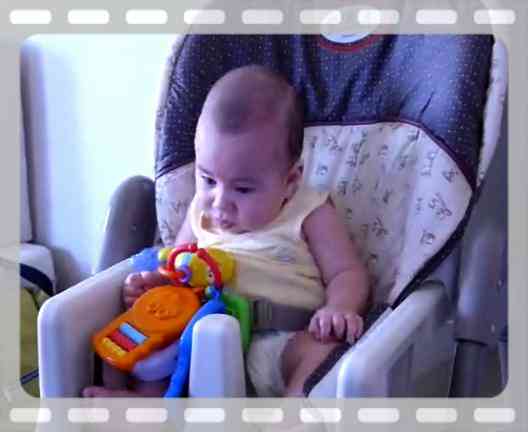Studio 5 Contributor Rebecca Larson has found some easy ways to organize all those digital photos, so you can find what you need.
__________________________________________________________
Drowning in your digital photos? Take a deep breath and dig in. Here are some tips to get them organized, archived and off your camera.
Using the software that came with your digital camera (or software you can download/purchase are Picasa (for PC) www.picasa.google.com or iPhoto (generally loaded on most Macintosh/Apple computers) www.apple.com) load your photos onto your computer. Whichever way you choose to organize your photos, choose a system that makes a picture easy to find. You can categorize them by date, theme, family member and so on. Schedule a time (i.e. first Sunday night of each month, or every 100 photos) to do some organizing. They don’t have to stay on your computer. In fact, I would suggest that in our changing digital age it’s always good to have multiple locations to which you are saving your photos.
Other places to save/share your photos are:
1. External Hard Drives: These come in any price, and size, and storage capacity. They range from small jump drives, to ipods (see http://docs.info.apple.com/article.html?artnum=61131).
2. Compact Discs/DVD’s: To do this you will need a CD/DVD burner included on your computer/laptop. Burning a disc/DVD is a little more time consuming, but great for safekeeping. If properly cared for, CDs and DVDs can last from 30 to 100 years. If improperly stored, however, they can be scratched and, therefore, corrupted. It is also important to use a high-quality CD or DVD media from manufacturers you recognize. Lower-quality media may deteriorate over time, making them difficult if not impossible to read.
Keep the following in mind when choosing a CD or DVD for archiving:
*Choose media that’s compatible with your disc burner (check your product’s technical specifications).
*Select a disc that meets your needs. A CD holds about 700MB, and a DVD can hold 4.7GB (or 15,000 high-quality pictures!).
*Label your media. You can do this with an archival safe pen or marker. There are also different types of stickers or labels that you can adhere to your disc.
You can store your discs in books, storage boxes or bins for easy access.
3. Storing photos online. Although you should never rely solely on online sites as your primary back up or storage, they are (in my opinion) one of the best ways to save and share your photos with friends and family members. Most sites are free, and allow your loved ones to download or order prints of their choosing directly from the site. A few that I like: ww.photobucket.com, ww.shutterfly.com, www.flickr.com. Check out several before committing to one site. Find out if there is a commitment involved with the site(i.e. you need to buy so many prints), if it has a storage limit, how long it will allow you to have your photos posted, and if there is a privacy option. Considering most sites are free, you could take advantage of archiving to a few different places.
_______________________________________________________
There are many different options when it comes to storing your photos, select one that is right for you, and go for it! Make sure your memories are well-protected and saved in a way that are easy to access and cherish.















Add comment